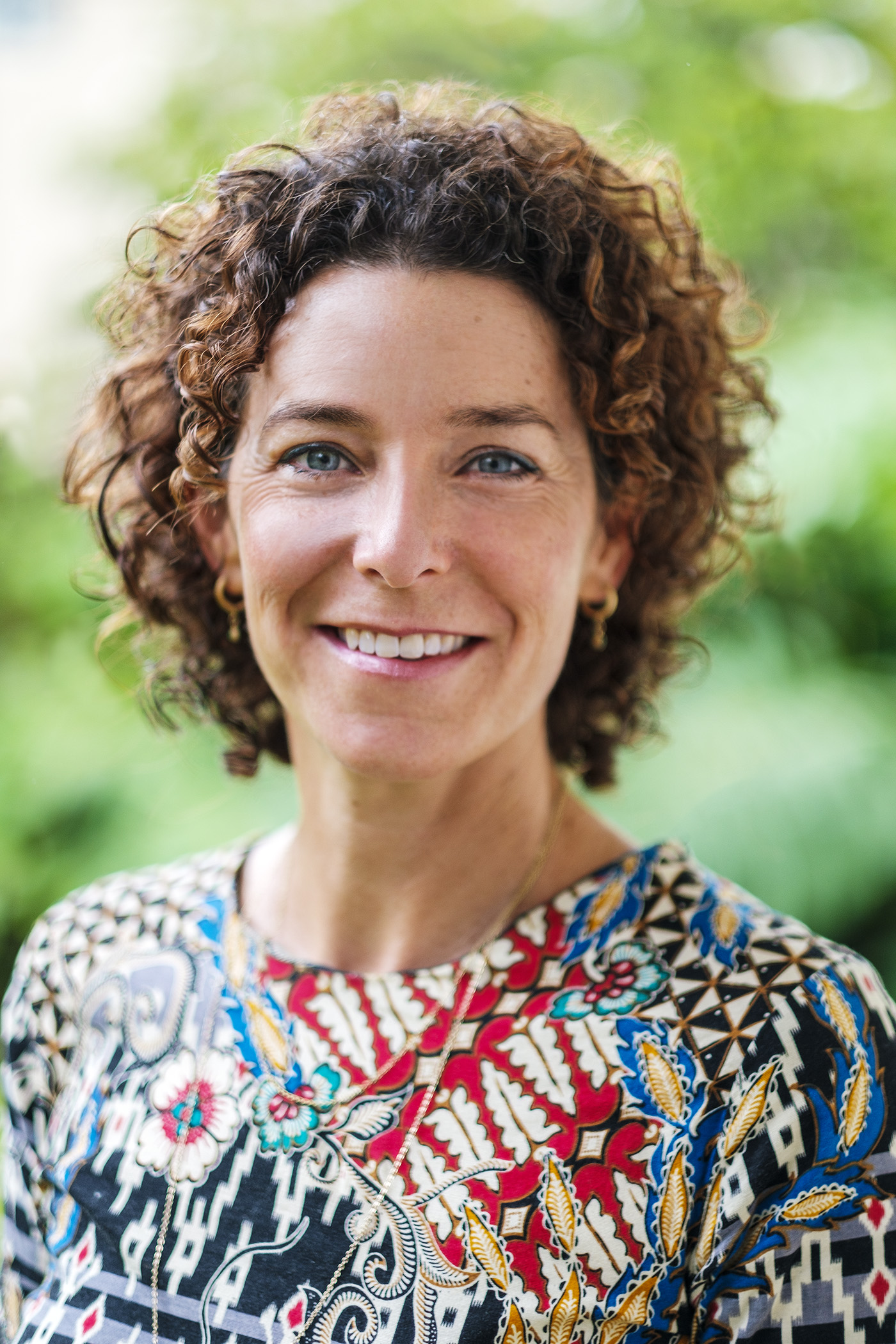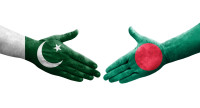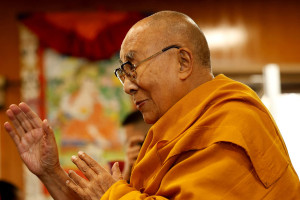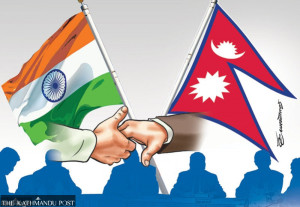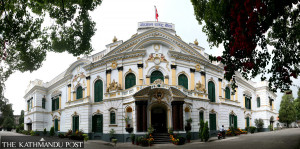Columns
Immobile South Asia
The region doesn’t always have to find its unity in momo diplomacy in New York.
Bibek Raj Kandel & Christina Monroe
On his first day as New York’s mayor-elect, Zohran Mamdani posted a photo on Instagram of himself eating momos, a Nepali dumpling beloved across the South Asian diaspora in the city. Within hours, Kathmandu’s social media lit up: The first thing he did after winning one of the world’s most visible political offices was eat something most savoured in the Himalayas. India had every reason to celebrate. He was still the son of Indian immigrant parents, a story of diaspora success that resonated deeply, even among those who disagreed with his politics. Across the border, Pakistanis and Bangladeshis joined in too, seeing in Mamdani both a Muslim trailblazer and a South Asian figure who transcended national lines. In that brief moment, Mamdani, born in Uganda and now an American Mayor, somehow became everyone’s man, a reminder that South Asia can feel united everywhere except at home.
Just days before Mamdani’s victory, a young participant from Pakistan was meant to attend a South Asian youth workshop in Dhaka, but there was no direct flight. She had to detour through Dubai, spending a night in transit and nearly a thousand dollars to cover a distance shorter than Delhi to Chennai. Fly east of Lahore; it should be a three-hour hop, at least on the map. Geography has rarely felt so political. The irony was that the regional dialogue was on youth and new leadership in a region that can barely meet.
Across South Asia, even basic mobility has turned into a geopolitical test. Islamabad–Dhaka flights remain suspended. India–Bangladesh visas have been on hold since the tension following former Bangladeshi Prime Minister Sheikh Hasina’s exit. Bangladesh and Nepal sit only a sliver of land apart; a barely 21-kilometre Siliguri Corridor keeps them effectively sealed off by land. Pakistan and India, once tied by rail and road, have seen cross-border movement frozen for years. Bhutan is open to India and Bangladesh but maintains a premium-priced entry regime not designed for wider South Asian mobility. And Sri Lanka and the Maldives, both deeply plugged into Gulf routes, are better connected to Dubai than to any of their neighbours. In a region of nearly 1.9 billion people, more than a quarter of humanity, even basic mobility has become a test of strained political relationships.
Yet this was once a region where ideas moved freely. The same routes that today bristle with checkpoints once carried monks, merchants and scholars. From Taxila to Nalanda, from Lumbini to Paharpur, knowledge travelled freely, shaping Vedanta, Buddhism and later Mahayana traditions. South Asian civilisations met, debated and learned from each other for centuries. It’s strange when you think about it: India, Pakistan, and Bangladesh were one country, born from the same story of liberation, even if their national paths later diverged. Today, that intimacy has thinned so far that even a cross-border call can feel like a security breach.
But nature reveals what politics tries to conceal. Each summer, the same wall of heat moves across the subcontinent, from Jacobabad to Delhi, reaches the plains to Janakpur and Khulna. A landslide here, a flood there, a cyclone on one coast and a delayed monsoon on another, and suddenly the headlines from Karachi, Delhi, Dhaka and Thimpu look almost copied and pasted: Hospitals overwhelmed, power grids failing, bridges washed away, and landslides swallowing entire villages. Nature keeps reminding South Asia it shares the same climate system, the same risks, even if its politics insists otherwise.
Where to start again?
And the sharper contrast is East Asia: Even with deeper strategic divides, the region doesn’t shut itself off this way. Japan and China barely trust each other; Seoul and Tokyo spend years arguing over history; China and Taiwan are stuck in a permanent political standoff. And yet the region moves. Nearly 90 flights a day run between Hong Kong and Taiwan despite strained ties.
South Asia has hard disputes. India and Pakistan make that obvious. But the region isolates itself even where the politics don’t demand it. Search “Manila to Singapore” and you get hundreds of flying options, from red-eyes to budget carriers. Two cities with different systems and currencies stay effortlessly connected. Meanwhile, South Asian cities a short hop apart struggle to keep even one reliable route alive.
But Nepal is in a position where it can offer a starting point for South Asia’s re-imagination.
Nepal, unlike any other country in the region, maintains open borders with India, a visa-on-arrival for almost everyone, and carries a political culture that has never weaponised mobility. It is the one South Asian capital where an Indian, a Bangladeshi, a Pakistani, a Sri Lankan and a Bhutanese can still sit at the same table without navigating embassies, security clearances, or months of paperwork, and share the very food that once moved from these mountains to the world. But openness alone won’t take Nepal very far. A country can welcome everyone, but it still needs institutional confidence that the region can trust and the politics that don’t wobble with every season.
If Nepal steadies itself, it can offer the region a place where things are actually discussed and done. Nepal’s openness is a ‘geo-sanctuary asset’. But it only works if Nepal recognises its leverage and finds its footing first. South Asia doesn’t always have to find its unity in momo diplomacy in New York.




 13.12°C Kathmandu
13.12°C Kathmandu
